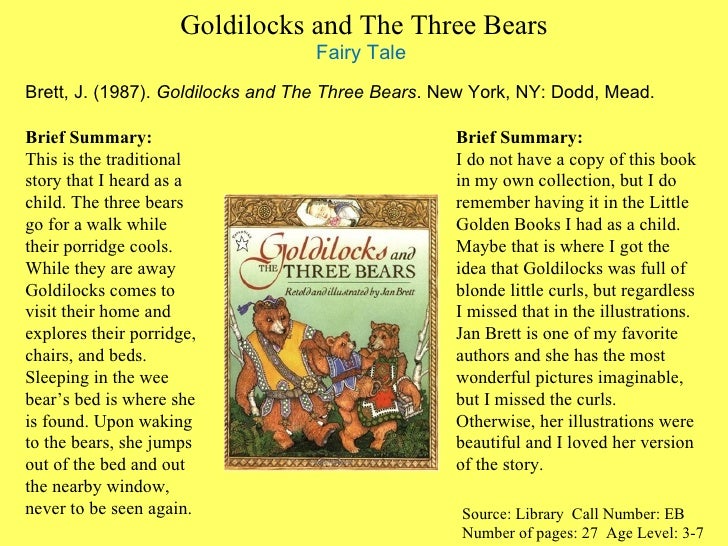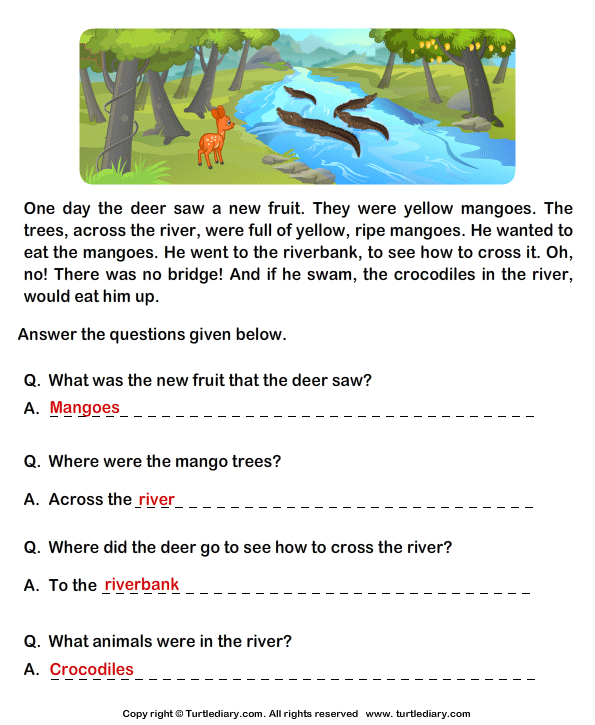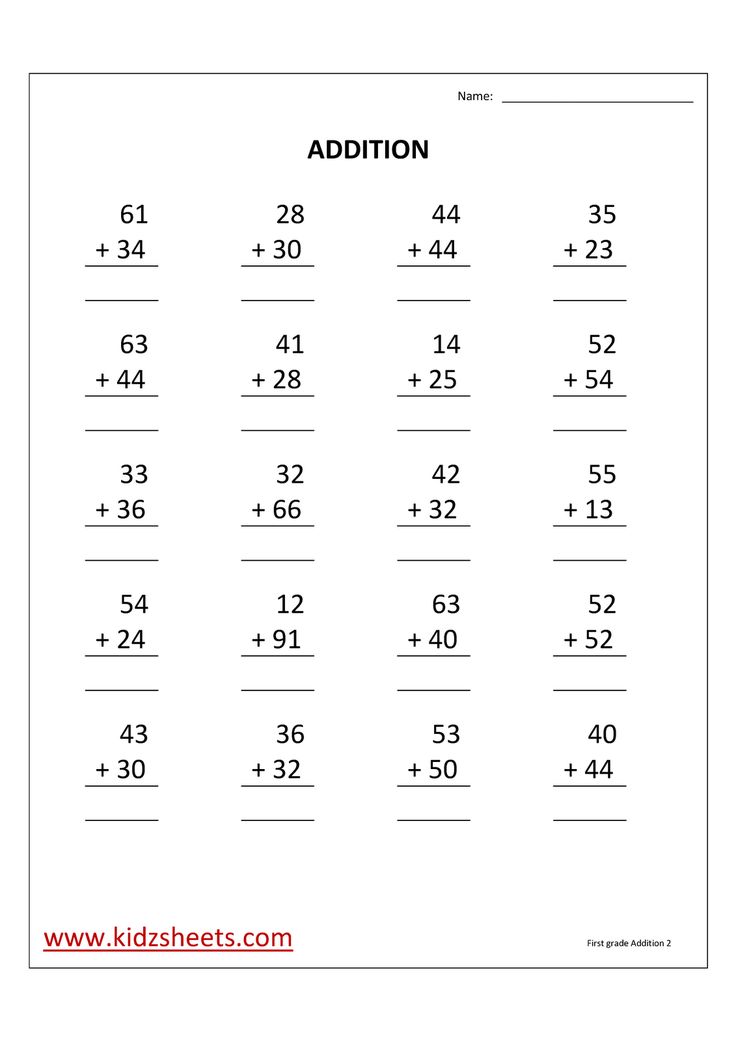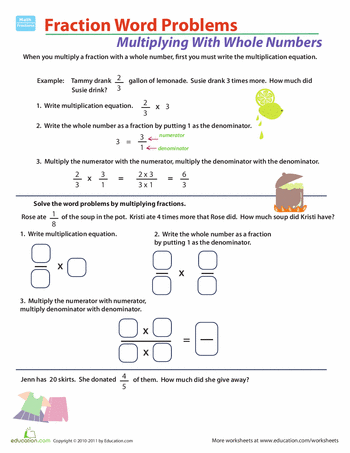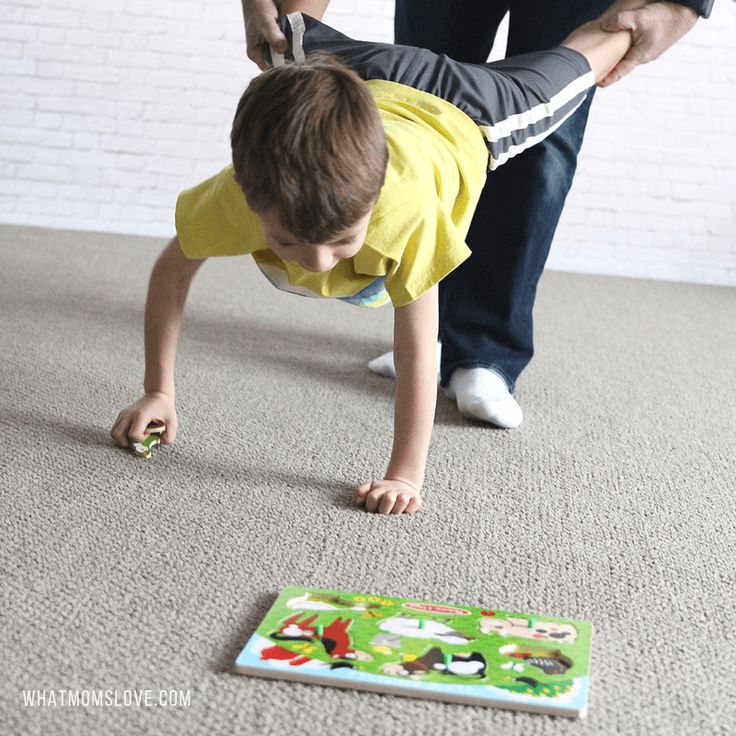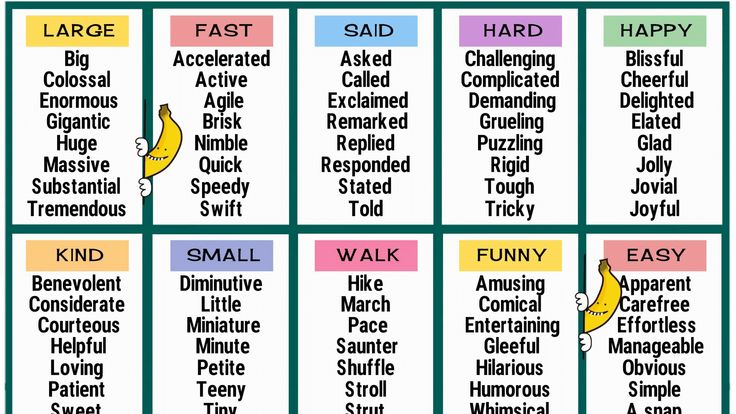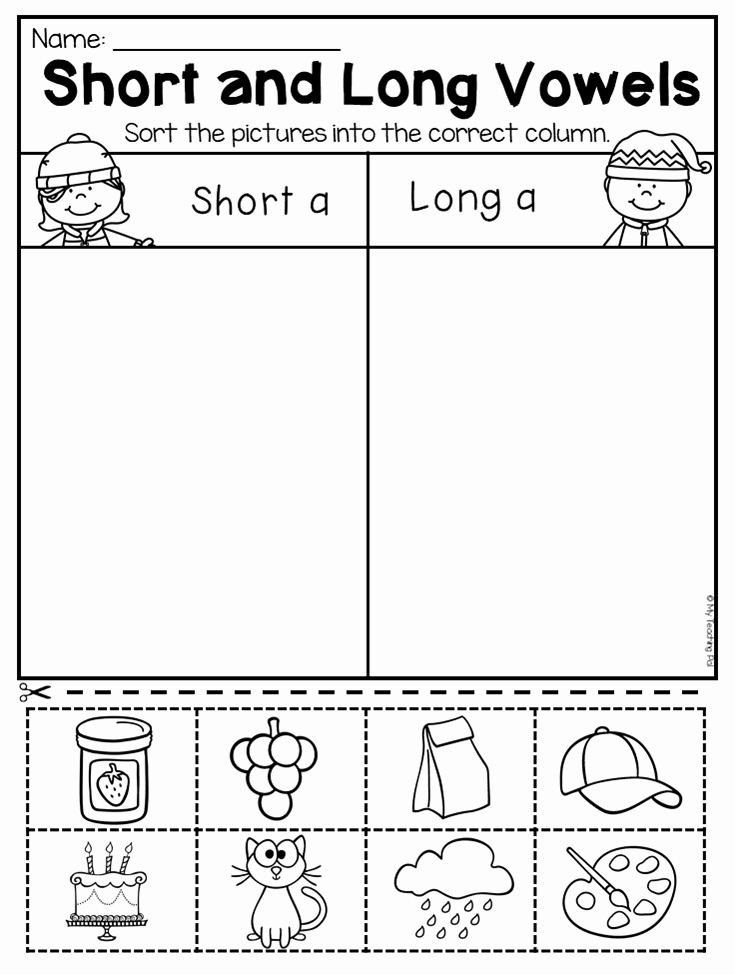The most amazing story goldilocks
Goldilocks and the Three Bears
seek 00.00.00 00.00.00 loading- Download
Picture by Bertie - a retake of the classic illustration by Walter Crane.
Duration 3:15.
Based on the Charming version by the Victorian writer Andrew Lang.
Read by Natasha.
Once upon a time there were three bears, who lived together in a house of their own in a wood. One of them was a little, small wee bear; one was a middle-sized bear, and the other was a great, huge bear.
One day, after they had made porridge for their breakfast, they walked out into the wood while the porridge was cooling. And while they were walking, a little girl came into the house. This little girl had golden curls that tumbled down her back to her waist, and everyone called her by Goldilocks.
Goldilocks went inside. First she tasted the porridge of the great, huge bear, and that was far too hot for her. And then she tasted the porridge of the middle bear, and that was too cold for her. And then she went to the porridge of the little, small wee bear, and tasted that. And that was neither too hot nor too cold, but just right; and she liked it so well, that she ate it all up.
Then Goldilocks went upstairs into the bed chamber and first she lay down upon the bed of the great, huge bear, and then she lay down upon the bed of the middle bear and finally she lay down upon the bed of the little, small wee bear, and that was just right. So she covered herself up comfortably, and lay there until she fell fast asleep.
By this time, the three bears thought their porridge would be cool enough, so they came home to breakfast.
“SOMEBODY HAS BEEN AT MY PORRIDGE!” said the great huge bear, in his great huge voice.
“Somebody has been at my porridge!” said the middle bear, in his middle voice.
Then the little, small wee bear looked at his, and there was the spoon in the porridge pot, but the porridge was all gone.
“Somebody has been at my porridge, and has eaten it all up!” said the little, small wee bear, in his little, small wee voice.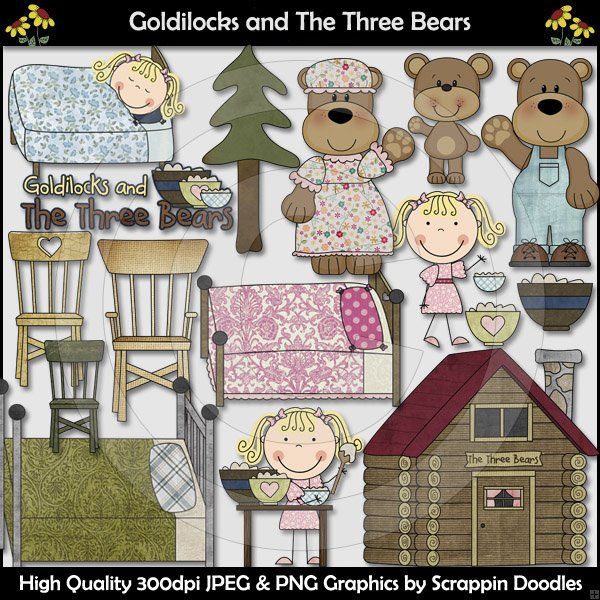
Then the three bears went upstairs into their bedroom.
“SOMEBODY HAS BEEN LYING IN MY BED!” said the great, huge bear, in his great, rough, gruff voice.
“Somebody has been lying in my bed!” said the middle bear, in his middle voice.
And when the little, small, wee bear came to look at his bed, upon the pillow there was a pool of golden curls, and the angelic face of a little girl snoring away, fast asleep.
“Somebody has been lying in my bed, and here she is!” Said the little, small wee bear, in his little, small wee voice.
Goldilocks jumped off the bed and ran downstairs, out of the door and down the garden path. She ran and she ran until she reached the house of her grandmama. When she told her grandmama about the house of the three bears who lived in the wood, her granny said: “My my, what a wild imagination you have, child!”
(Updated with shorter version September, 13, 2016).
Goldilocks and the Three Bears ~ Bedtime Stories for Kids
Thanks to Artist, yehachan
This is the fairy tale story of Goldilocks and the Three Bears with a modern twist.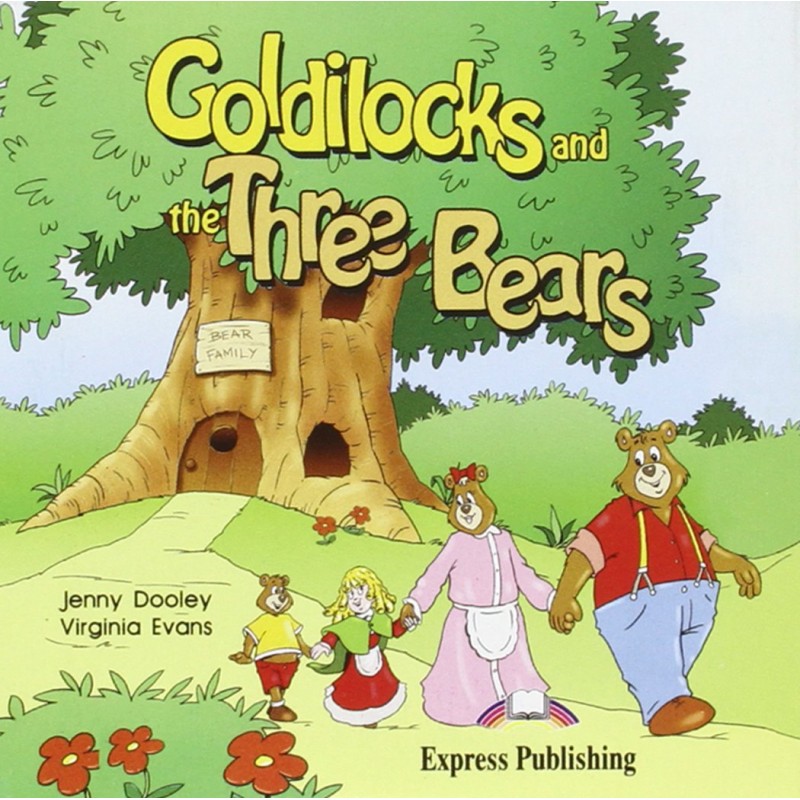 It is brought to you by Stories to Grow by. Check out our other great stories!
It is brought to you by Stories to Grow by. Check out our other great stories!
Listen to the story while you read along!
Once upon a time a girl named Goldilocks lived in a house at the edge of the woods. In those days curls of hair were called "locks." She was "Goldilocks" because golden hair ran down her head and shoulders.
One morning Goldilocks was out for a walk when she came across a beautiful bird. She followed that bird right into the woods, where her mother had said many times she must never go. But Goldilocks didn’t think of that.
Thanks to Artist, JoannaPasek
Deeper and deeper into the woods she went. But where was the bird? It was nowhere to be seen. Goldilocks looked around. That's when she knew she was lost.
But a house was not far away. “I wonder who lives there,” she thought, "so deep into the woods." She went up and knocked on the door.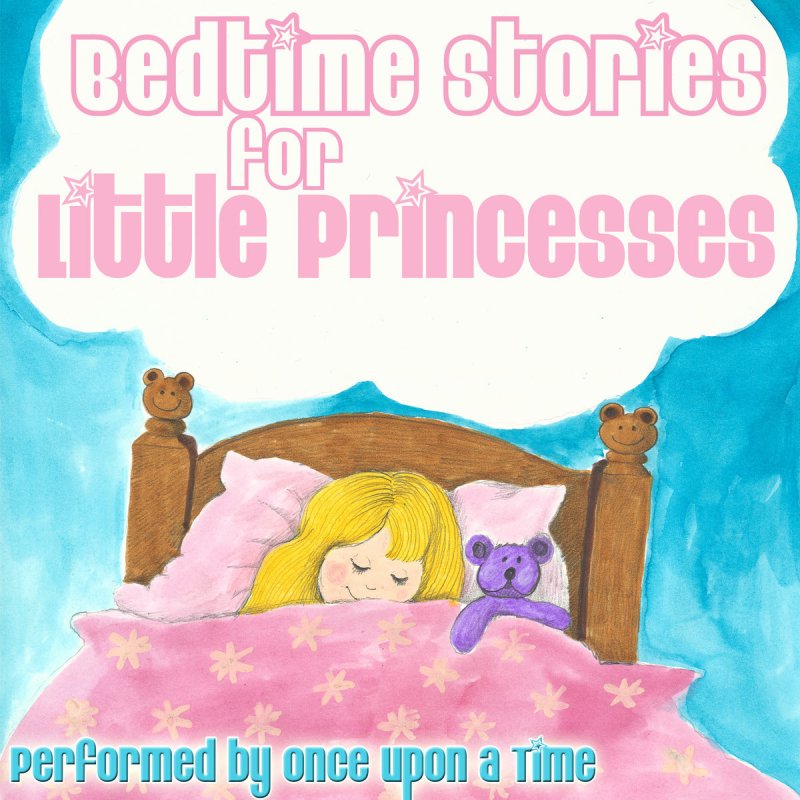 No answer. She knocked again. Still no answer. Goldilocks knocked a third time and the door opened. But no one was behind the door.
No answer. She knocked again. Still no answer. Goldilocks knocked a third time and the door opened. But no one was behind the door.
“Well, the door is already open,” said the girl. “So I may as well go in.”
Goldilocks smelled a wonderful smell, and soon knew why. On the table were three steaming bowls of oatmeal. All of a sudden she realized how very hungry she was.
What Goldilocks did not know, however, is that three bears lived in this house. In fact, that very morning the three bears had sat down to their bowls of oatmeal but the cereal was too hot. So they had decided to take a short walk. They said to each other, "By the time we return home our oatmeal will be perfect."
Gazing at the steaming bowls of oatmeal, Goldilocks thought, “I'm sure whoever lives here won’t mind if I take just one sip.” She sat at the first chair and took a sip. “Ah!” she said, “it is too hot.”
She moved to the next bowl and took a sip. “Ah!” she said, “it is too cold.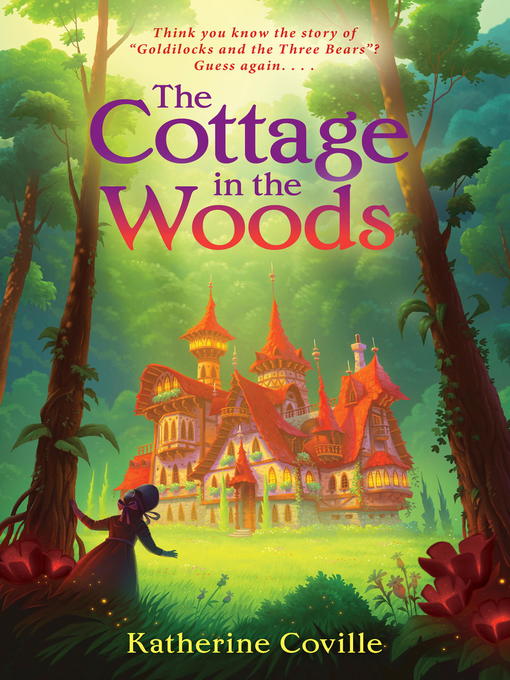 ”
”
Thanks to Artist, JoannaPasek
She moved to the third bowl and took a sip. “It is just right!” And before she knew it, the oatmeal was all gone.
Goldilocks rubbed her tummy. “I'm full! I must find somewhere to sit that's more comfortable.”
She went to the living room. Three chairs were lined up in a row – one big chair, one medium-sized chair, and a wee little chair.
“I'm sure whoever lives here will not mind if I sit on just one chair,” said Goldilocks. She sat on the big chair, but it was too hard.
“The next chair looks good,” said Goldilocks. She moved to the medium-sized chair, but it was too soft.
“The wee little chair looks better,” said the girl. She sat on the little chair and it was just right! But when Goldilocks leaned back a bit, the chair broke into a dozen pieces. She plopped right on the floor.
“Oh, no!” Goldilocks wailed. Then she yawned.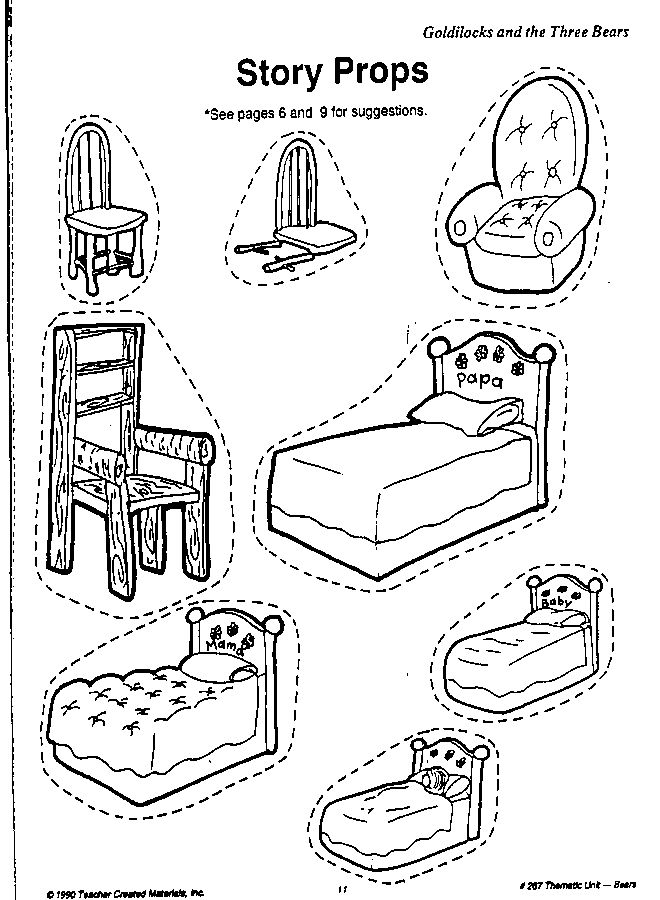 There must be somewhere she could lie down for a short nap.
There must be somewhere she could lie down for a short nap.
The girl saw a ladder and climbed it to an attic. In a row, three beds were lined up – one big bed, one medium-sized bed, and a wee little bed.
“I'm sure whoever lives here won’t mind if I lay down for just a short nap,” she said. She laid down on the big bed but it was too hard. She laid down on the medium-sized bed but it was too soft. The girl laid down on the wee little bed, and it was just right! As her head hit the pillow, Goldilocks was fast asleep.
Just then, the three bears came home from their walk. "Oh, my!" said Mama Bear. “Did either of you leave the front door open?”
“Not I,” said Papa Bear.
"Not I," said Little Bear.
Slowly the three bears stepped inside and looked around.
“Most odd!” said Papa Bear, seeing his spoon in his bowl. “Someone has been eating my oatmeal!”
“Most odd indeed!” said Mama Bear, also seeing her spoon in her bowl. “Someone has been eating my oatmeal!”
“Someone has been eating my oatmeal!”
“This is the most odd of all!” said Little Bear. “Someone has been eating my oatmeal and they ate it all up!”
The three bears were very surprised, as you can imagine. With care, they stepped into their living room.
“Do you think someone was sitting in my chair?” said Papa Bear.
“I know someone was sitting in my chair,” said Mama Bear, “because I can see the seat cushion is pushed down.”
“And I know someone was sitting in my chair!” said Little Bear. “Because it’s all broken!”
Thanks to Artist, Joannapasek
The three bears were even more surprised at that! They climbed the ladder to their attic.
“Someone has been sleeping on my bed,” said Papa Bear, who could see that his blankets were moved.
“Someone has been sleeping on my bed, too,” said Mama Bear, who could also see that her blankets were moved.
“Someone has been sleeping on my bed,” said Little Bear. “And look - she is still there!”
“And look - she is still there!”
Goldilocks bolted awake. Three bears were looming over her, and they did not look happy.
Thanks to Artist, Joannapasek
“Oh my!” said Goldilocks, jumping out of bed. As quick as she could, she climbed down the ladder and ran out the front door.
Little Bear chased after her. "Wait, please!"
Goldilocks stopped and turned around.
"Tell me," said Little Bear, “Why did you come inside our house?”
“I guess I didn’t think–,“ said Goldilocks.
“And why did you eat my oatmeal?” said Little Bear.
“Well I guess I didn’t think–,“ said Goldilocks.
“And why did you break my chair and sleep in my bed?” said Little Bear.
“Well I guess I didn’t think about that, either,” said Goldilocks.
They were silent.
Goldilocks said, “I suppose I could have waited outside your door.”
“We were coming right home,” said Mama Bear.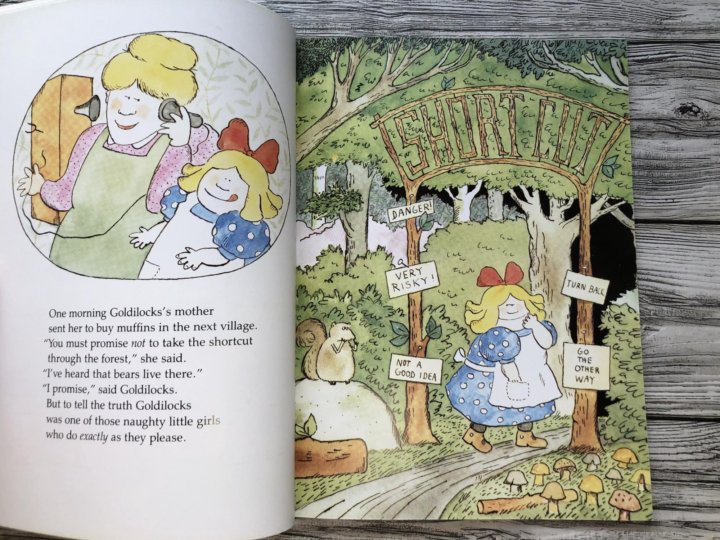 "We might have invited you in if we knew you were hungry."
"We might have invited you in if we knew you were hungry."
“I’m sorry about the chair,” said Goldilocks. “I guess you saw it broke.”
"Yep," said Mama Bear with a frown.
“I’m good at fixing things,” said Goldilocks, “If you have glue.”
“Of course we have glue!” said Papa Bear. “What kind of bears do you think we are?”
“I will make it up to you!” said Goldilocks.
“Come on in then, dear,” said Mama Bear.
“We'll start over,” said Papa Bear with a nod.
“Come in, come in!” said Little Bear, jumping up and down.
With smiles, they skipped together inside the Bear’s house.
Goldilocks and the Three Bears: aneitis — LiveJournal
"As Carl Levi-Strauss wrote: 'Let's start with the facts'"Let's follow this motto.
In his article, Leonid Chernov writes: "The fairy tale "Three Bears" today is perceived and presented as a folk tale, but meanwhile, it was invented by Tolstoy and is purely his author's work.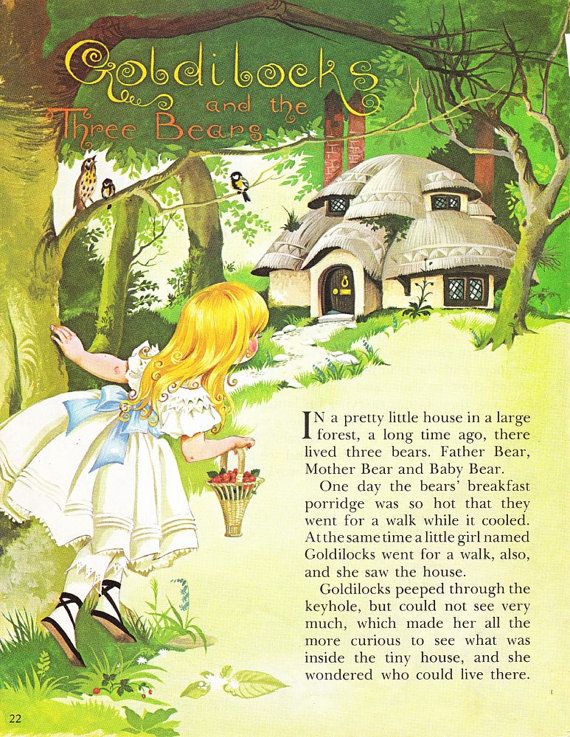 Tolstoy's talent and the irony of time do their job in relation to this particular fairy tale - this tale is perceived as a folk tale" .
Tolstoy's talent and the irony of time do their job in relation to this particular fairy tale - this tale is perceived as a folk tale" .
He is right about one thing - the fairy tale is really perceived as a folk tale. True, Tolstoy's talent has nothing to do with it, because it is popular. After looking through the collections of "Russian Folk Tales" by A. N. Afanasyev and not finding anything similar to the plot of "The Three Bears", Chernov, with his characteristic courage, comes to the conclusion: "there must be a primary source, and since it was not possible to find it, we believe, that it simply does not exist, and we consider this tale to be the work of Tolstoy" .
He believes so in vain - just in those blessed times of a careless attitude towards copyright, Tolstoy did not consider it necessary to mention the original source, and how could one guess that one should look for it not in Russian folklore, but in English. Now Wikipedia will tell anyone who is interested that this is a popular English fairy tale, well known since at least the beginning of 19centuries.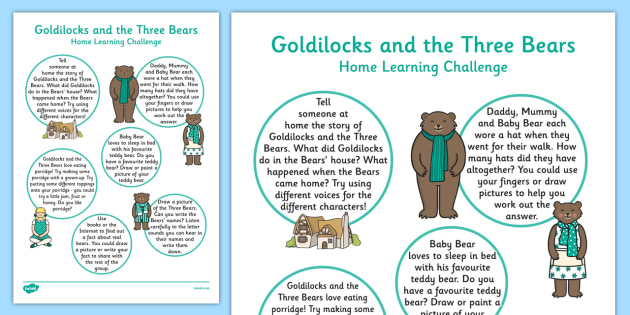 However, in the pre-Internet era, it was probably not so easy to find out about this, and even now few people are interested, and therefore few people know. At best, they will remember that Tolstoy wrote it, but usually they continue to consider it Russian folk.
However, in the pre-Internet era, it was probably not so easy to find out about this, and even now few people are interested, and therefore few people know. At best, they will remember that Tolstoy wrote it, but usually they continue to consider it Russian folk.
I also thought so and was quite surprised by this discovery when G. Spirin's book "Goldilocks and the Three Bears" fell into my hands:
The Three Bears is really an English fairy tale? - no one knew, and everyone was also very surprised)
But unexpectedly, the overseas origin is not the most surprising thing in the history of this tale. She is amazing in itself, if you look closely, here Leonid Chernov is right again, and how right.
This fairy tale really stands out from the series of fairy tales about a girl who ended up in the forest, and there are many such: about Masha and the bear, about Snegurushka, about Snow White, about the dead princess, about Morozko, etc.
Firstly, the heroine impersonal.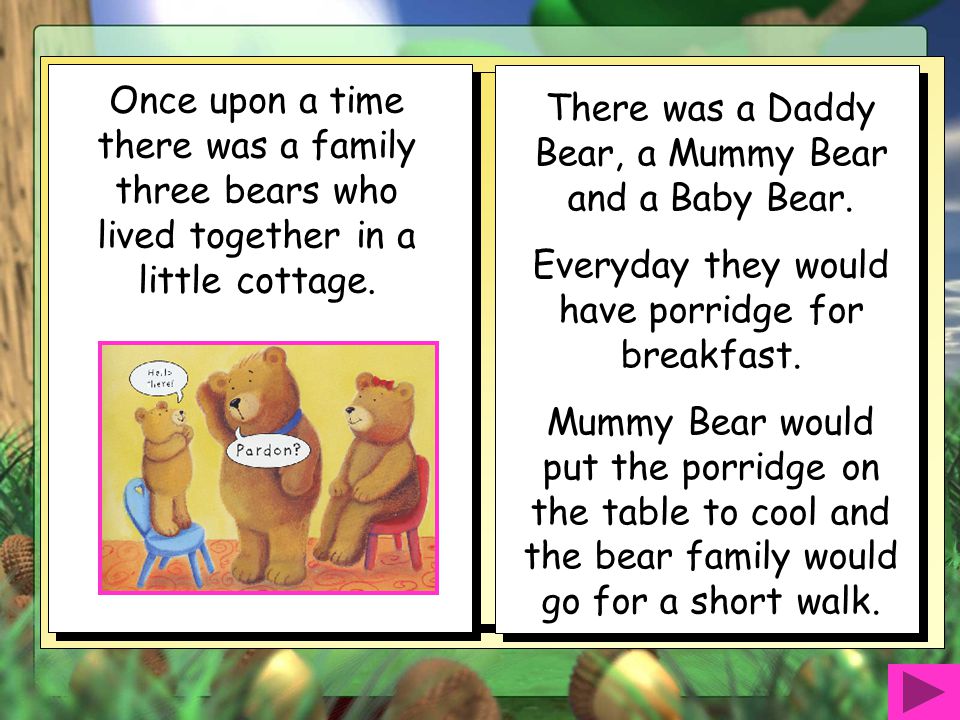 Nothing is said about her, she doesn't even have a name. It is not known how she got into the forest. That is, it is mentioned that she “left home for the forest” and got lost there, but we don’t know why she left - did her evil stepmother kick her out, did she run away herself, or simply went into the forest “for mushrooms, for berries”, but Why was she alone then? Such an ontogenetic gap is completely uncharacteristic of fairy tales - some description of the initial situation and motivation for the actions of the heroine is always given.
Nothing is said about her, she doesn't even have a name. It is not known how she got into the forest. That is, it is mentioned that she “left home for the forest” and got lost there, but we don’t know why she left - did her evil stepmother kick her out, did she run away herself, or simply went into the forest “for mushrooms, for berries”, but Why was she alone then? Such an ontogenetic gap is completely uncharacteristic of fairy tales - some description of the initial situation and motivation for the actions of the heroine is always given.
Secondly, having got into a strange house in a dense forest, the girl again behaves completely uncharacteristically. That is, it is not typical for a positive heroine, who in such a situation must show all her best sides: be modest, show housekeeping and care - tidy up, cook dinner (and not eat someone else's) and wait for the owners to return. The girl in The Three Bears behaves exactly like a "bad sister", whose repulsive behavior in such tales is only intended to shade the virtues of the main character.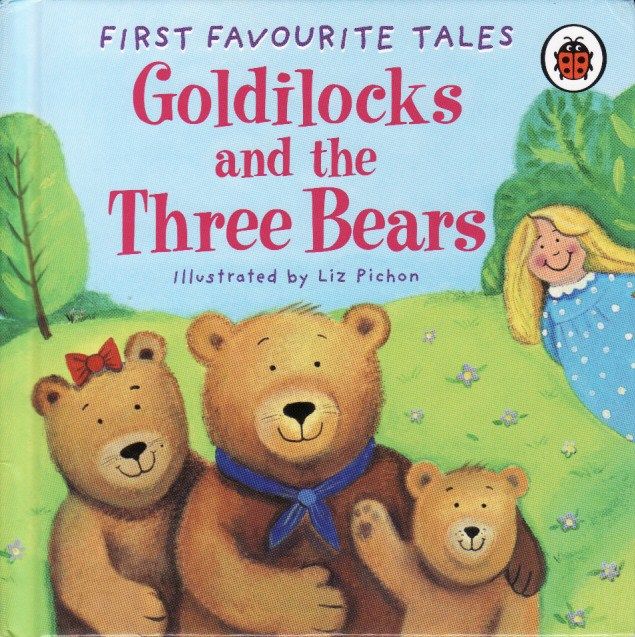 But the bad sister at the end of the tale will certainly be punished.
But the bad sister at the end of the tale will certainly be punished.
However, thirdly, there is no punishment for wrong behavior at the end of the tale. The girl, who has pissed on a cute bear family for nothing, just jumps out the window and runs away - "and the bears did not catch up with her." It is not clear whether the girl is a positive heroine or a negative one.
It is pointless to look for answers to all these questions from Tolstoy, since he only made a slightly adapted translation without making any significant changes, so you have to turn to the original version. To begin with, to the same Russian translation of an English fairy tale made by G. Spirin (you can see it in full here).
And then the first surprise awaited me. The tale of Goldilocks and the three bears does not begin with Goldilocks at all, but with bears!
x
And this is not a trifle - after all, in this case, according to the logic of a fairy tale, the main characters are bears, and not a girl.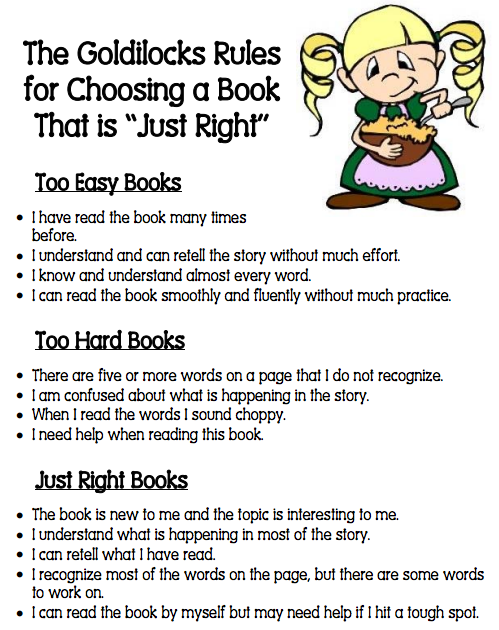 And the initial situation turns out to be in place - it describes the life of bears:
And the initial situation turns out to be in place - it describes the life of bears:
True, no clear explanations of the reason for the appearance of Goldilocks in the forest are given here either: she invades the narrative just as unexpectedly as in the house of bears:
A little girl walks alone in the forest, wanders to an unfamiliar house and climbs in the window! Where are her parents and what are they thinking? This question remains as yet unanswered.
On the other hand, it becomes clear that the same initial situation is actually preserved in Tolstoy's fairy tale, albeit in a truncated form. He simply removed her from her rightful place at the beginning of the tale, which is why she was no longer perceived by readers as the original one. Why did he do it? Obviously, in order to make the main character a girl, not bears. And this is logical: it is the girl who is the only active character here. Bears, in the English version, formally occupying the place of the main characters, behave passively throughout the story: they are only indignant, discovering new traces of intrusion into their home, and only the most injured baby bear cub tries to bite the girl, who, however, manages to escape with impunity from angry bears.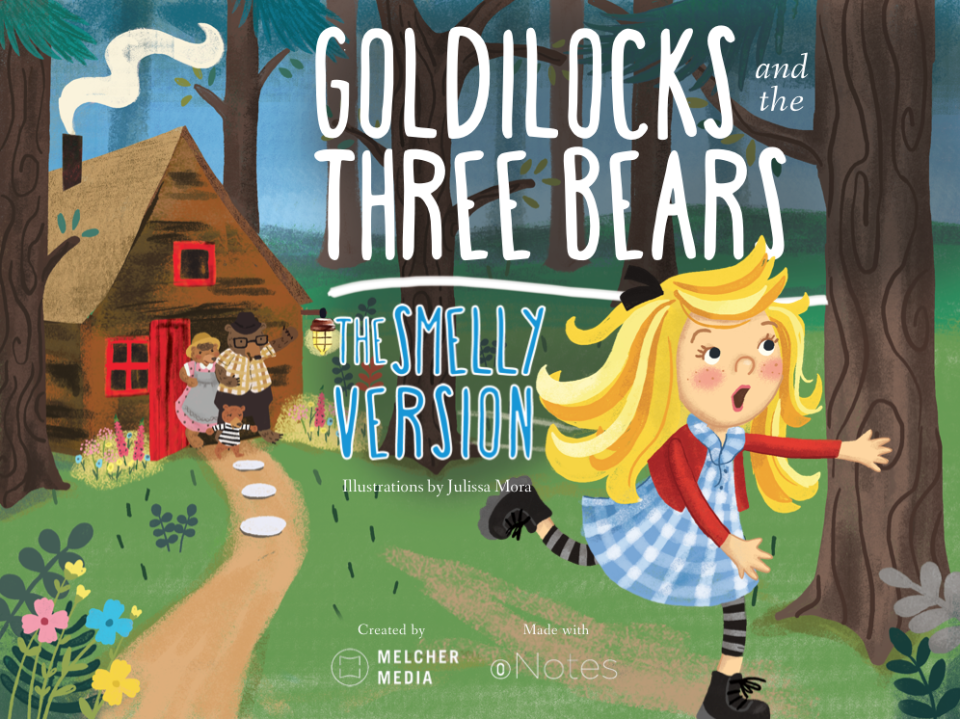
A strange picture emerges: the adults in this tale are completely passive and helpless. The girl's absent parents neglect her upbringing and safety concerns, leaving her free to roam where she pleases, behave inappropriately and get herself into dangerous situations; the bear cub's parents do not try to protect him: the baby, who has experienced a real shock - his dinner is eaten, his high chair is broken, his bed is occupied by an alien - is forced to independently defend his place in his home. Children do not receive instructions, support, or evaluation of their behavior from anyone. Finally, the girl disappears into the forest as mysteriously as she appeared: it is not known whether she got home (and whether she has one at all) and whether she (and the child-listener with her) made the conclusion from what happened that it is possible encroach on someone else's property with impunity and you won't get anything for it, the main thing is to run away in time. However, it is quite possible that a prosperous child will associate himself more with a bear cub who has parents, a house, a blue cup, a high chair with a blue pillow and his own bed, than with a homeless girl who has arisen out of nowhere and violates all established rules, and in this case he will be left wondering why her misbehavior had no consequences.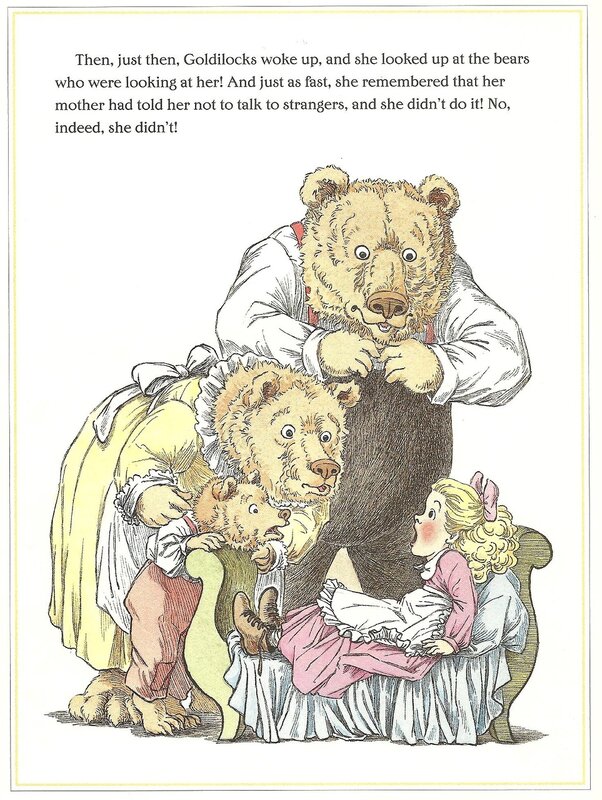
The result of the tale is so unsatisfactory that parents and educators feel obliged to complete the "correct" beginning and end - or at least conduct an educational conversation after reading to make sure that the child does not draw undesirable conclusions. This often manifests itself when transferring a fairy tale to the screen. In our 1958 cartoon, the girl gets a name and a grandmother, who gives her granddaughter the necessary instructions at the beginning and the necessary teachings at the end:
However, we have another, not so straightforward version 1984 years old - in it the original interpretation is achieved by other methods:
In numerous English cartoons at the end it is always emphasized that Goldilocks was very scared and never went into the forest again.
However, it is worth mentioning that not always everything ended so happily for Goldilocks: in some early versions, the bears ate her. However, now the girl simply explains that she was hungry and tired, repents and asks for forgiveness, and the softened bears send the bear cub to accompany her home.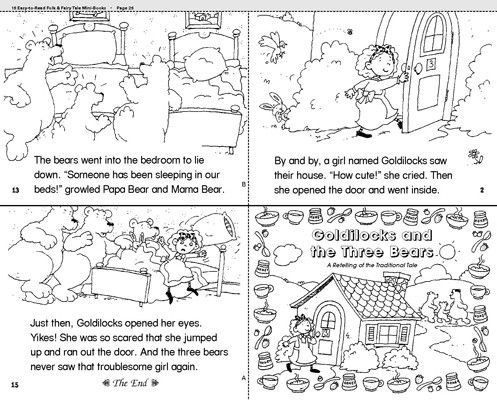
In one variation, Goldilocks and the bear cub then play together and become friends.
In another, mom is shown pouring porridge out of her bowl for a baby bear, while dad is fixing his chair.
The girl has a house and a mother who reminds her that she should not go into the forest (or at least go far), and it is noteworthy that often the story begins with a show not of the bear's house, but of Goldilocks, that is, she moves to her the rightful place of the main character.
It remains unclear why the original story exists in such an "unfinished" form, clearly in need of improvement.
Leonid Chernov, who considers Tolstoy the author of the tale, believes that Tolstoy “trimmed” it deliberately, prompting parents to invent the missing elements on their own. I don’t know why Tolstoy would have this, who even included multi-page explanations and teachings in his works for adults, not trusting the reader to draw conclusions on his own, but we already know that Tolstoy only translated a folk tale (and it’s rather surprising that he didn’t add anything from myself).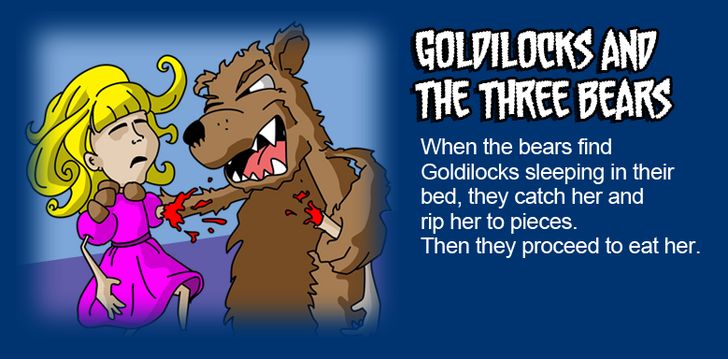 And for folklore, such semi-finished products are completely uncharacteristic.
And for folklore, such semi-finished products are completely uncharacteristic.
I had to dig further - the explanation could be found in older versions of the tale, because sometimes the story undergoes significant changes over time.
And then a second surprise awaited.
Why did Soviet children love Czech fairy tales so much? "Three nuts for Cinderella", "Goldilocks" and others... | Culture
We can admire modern fantasy as much as we like, where with the help of computer graphics it is easy to create any kind of miracles and special effects. We can drown headlong in magical fictional worlds created by writers and directors... But a fairy tale familiar to each of us since childhood always lives in places that have nothing to do with monsters and sky-high cities. She lives in a forest or a sunny meadow, in a beautiful castle, the walls of which are braided with grapes, or in a poor shack on the seashore. She lives next to us, the more acutely miracles are felt.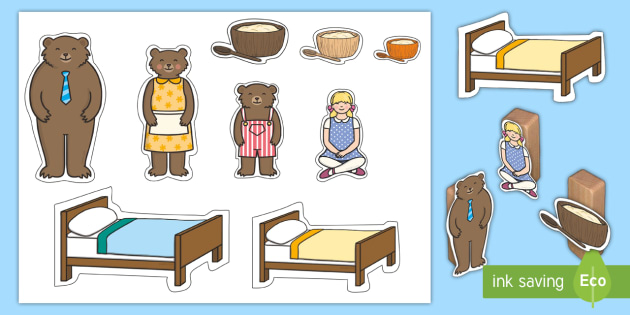
Such are the tales of Czechoslovak filmmakers - beautiful, sweet, cozy, somehow familiar. In them, real rabbits and deer frolic in fabulous glades, in them princesses gallop through the fields on real white-maned horses, in them princes are not born brave supermen at once, but learn courage and kindness in long and exciting adventures.
The most famous Czechoslovak fairy tale, of course, can be considered "Three Nuts for Cinderella" Vaclav Vorlicek. As a result of the joint work of Czech and German filmmakers, an amazingly beautiful story turned out against the backdrop of the stunning landscapes of Šumava on the border of the Czech Republic and Bavaria. The action of the fairy tale takes place in real castles - the castle of Moritzburg and the castle of Czech Šwichov.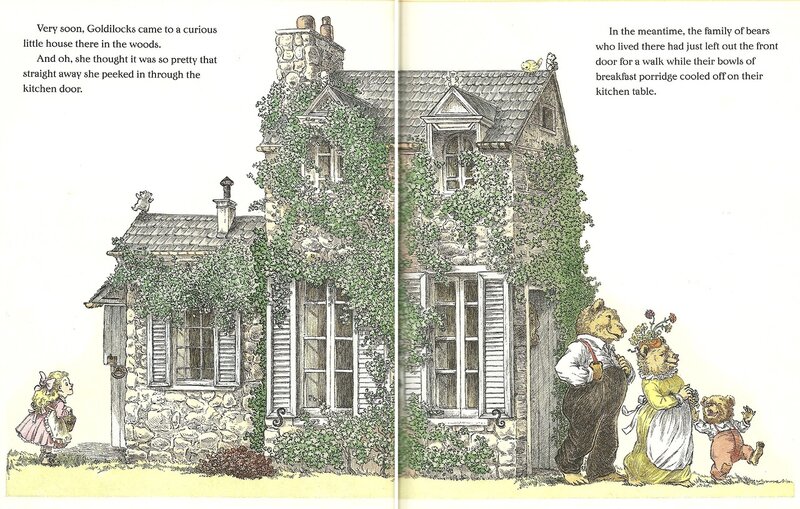
There is no beautiful fairy in the fairy tale, but there are magic nuts that give Cinderella wonderful outfits. And in all other respects, the version differs little from the fairy tale of Charles Perrault - there is a Stepmother, and an evil half-sister, and a Prince, and a King, and a ball, of course.
Charming Libushe Shafrankova, who later appeared in the fairy tale "The Third Prince", also very popular throughout the post-Soviet space, starred in the film as Cinderella. The role of the handsome prince was played by Pavel Travnichek - also an experienced performer of the roles of princes in Czech and German fairy tales, on his account there are “White and Rose”, and “The Third Prince”, and many others.
The film turned out to be amazing, kind, sometimes funny, sometimes a bit naive, the way a fairy tale should be.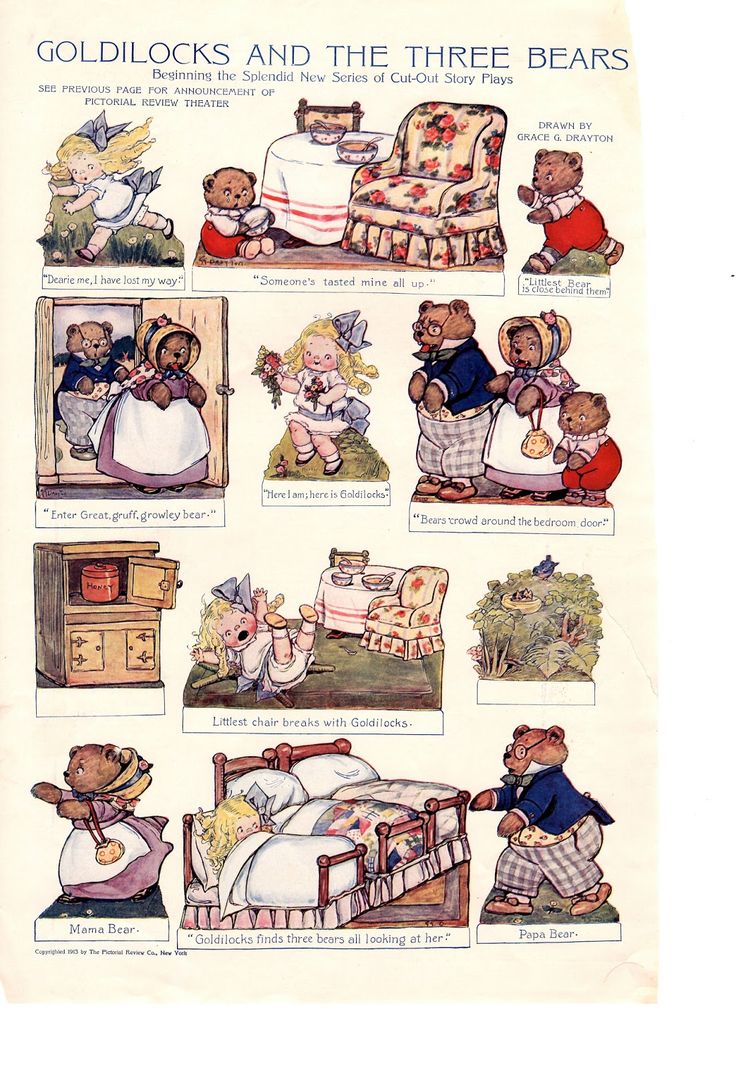 Not without reason in Germany, the Czech Republic, even in Norway and several other European countries, including Russia, this fairy tale is shown annually on New Year's and Christmas broadcasts on television.
Not without reason in Germany, the Czech Republic, even in Norway and several other European countries, including Russia, this fairy tale is shown annually on New Year's and Christmas broadcasts on television.
Another wonderful fairy tale film with which Czech filmmakers won the hearts of Soviet children — Goldilocks . Cinema workers of the Soviet period recall that during the film distribution of this fairy tale, the cinema halls were packed with schoolchildren - many came to see the fairy tale three or four times.
The story of Goldilocks, a very romantic and beautiful princess with golden hair, from the pen of Karel Jaromir Erben contributed to the success of the film. Unlike most fairy tales, Princess Goldilocks falls in love not with a prince, but with a simple cook Irzhik, who, having tasted wonderful fish, begins to understand the language of animals and birds.
The beautiful Goldilocks performed by Yorga Kotrbova turned out to be what a girl with a magical treasure — golden hair should be: careful, kind, beautiful and capable of self-sacrifice.
Young viewers follow the fairy-tale events with interest, while adults enjoy the beautiful landscapes of Czechoslovakia, its castles, mirror lakes, forests and fields.
In addition to the above-mentioned fairy tales, the pride of Czech children's cinematography was, of course, The Little Mermaid, The Sleeping Beauty, The Thrush King, The Prince and the Evening Star, and many others. And all of them are imbued with the charm inherent exclusively in Czech fairy tales - they are all very cozy, kind, beautiful, largely due to the amazing nature of the Czech Republic, against which these fairy tales were filmed, as well as stunning castles, which are also enough in the Czech Republic - one is more beautiful than the other.